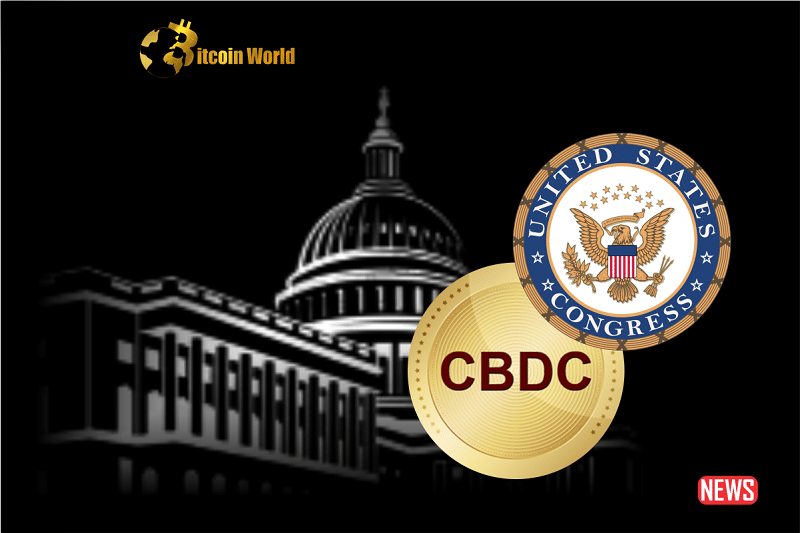Imagine a Wall Street where trading assets is faster, cheaper, and more accessible than ever before. That’s the promise of blockchain tokenization, and it’s sending ripples through the financial world. Experts predict a staggering $5 trillion worth of assets could be tokenized by 2030. Sounds exciting, right? But hold on, it’s not all smooth sailing. While the potential is immense, regulatory hurdles are casting a long shadow. Let’s dive into what this all means for the future of finance.
What’s the Tokenization Buzz All About?
Think of tokenization as creating digital representations of real-world assets – everything from stocks and bonds to real estate and even art – on a blockchain. Why is this a game-changer? Well, asset management giant Bernstein estimates a $5 trillion opportunity in the next five years alone! Citi Global echoes this, forecasting $4-5 trillion in tokenized assets by 2030. Where’s this massive value coming from?
- Bank deposits and currencies: Projected to contribute around $2 trillion.
- Stablecoins and CBDCs (Central Bank Digital Currencies): Expected to add another $3 trillion.
The excitement stems from blockchain’s ability to streamline outdated financial systems. Currently, different parts of the financial infrastructure operate in silos. Imagine data being handled repeatedly, like sending the same document through different departments – inefficient, right? Blockchain and tokenization offer a solution by:
- Unifying Systems: Creating a single, shared ledger for all transactions.
- Real-Time Liquidity: Enabling faster and more efficient asset trading.
- Smart Contract Automation: Automating processes and reducing manual intervention.
This unlocks opportunities for assets previously considered illiquid, like private equity and fixed income. Tokenization can make these assets more accessible, opening up new investment avenues for a wider range of investors.
Australia’s CHESS Failure: A Reality Check?
Before we get carried away with the hype, let’s learn from a cautionary tale. The Australian Securities Exchange (ASX) attempted a $165 million overhaul of its CHESS system using blockchain. It was meant to be a leap towards efficiency, but it ended in a write-off. What went wrong?
The CHESS failure highlights the importance of:
- Meticulous Planning: Blockchain implementation requires careful upfront strategy.
- Phased Implementation: Big bang approaches can be risky; gradual rollout is often wiser.
- Workflow Rethinking: Existing processes need to be adapted for the decentralized nature of blockchain.
It’s a reminder that blockchain isn’t a magic bullet. Successful adoption requires careful consideration and adaptation.
The Regulatory Maze: Friend or Foe?
Now, let’s talk about the elephant in the room: regulation. The U.S. SEC hasn’t always been crypto’s biggest fan. However, there are signs that the tide might be turning. Think about recent moves by financial giants like BlackRock and Fidelity launching Bitcoin ETFs. This suggests a growing expectation for clearer regulatory guidelines. Even Federal Reserve Chairman Jerome Powell has acknowledged crypto’s “staying power.”
While the U.S. is still navigating the regulatory landscape, Europe is taking a more proactive approach. The EU’s MiCA (Markets in Crypto-Assets) law is a landmark framework designed to regulate cryptocurrencies comprehensively. This is a significant step towards mainstream adoption.
Across the pond, the U.K. is also making strides by:
- Recognizing Electronic Trade Documents: Modernizing trade processes.
- Facilitating Blockchain in Trade Finance: Encouraging real-world blockchain applications.
What Does the Future Hold for Tokenized Wall Street?
The blockchain revolution promises a more efficient and innovative Wall Street. Imagine faster settlements, reduced costs, and increased accessibility to a wider range of assets. But to fully unlock this potential, we need to address a complex interplay of factors:
| Challenge | Description |
|---|---|
| Technology | Ensuring robust, scalable, and secure blockchain infrastructure. |
| Regulation | Establishing clear and consistent rules to foster innovation while protecting investors. |
| Market Dynamics | Adapting market practices and ensuring smooth integration with existing systems. |
Navigating these challenges won’t be easy, and the road ahead may be bumpy. However, the growing consensus is that blockchain is not just a passing fad; it’s poised to become a fundamental part of the global financial system. As regulation catches up and technology matures, the vision of a tokenized Wall Street, with its promise of efficiency and accessibility, is looking increasingly like a reality, not just a distant dream. Wall Street is watching, and the revolution is underway.
Disclaimer: The information provided is not trading advice, Bitcoinworld.co.in holds no liability for any investments made based on the information provided on this page. We strongly recommend independent research and/or consultation with a qualified professional before making any investment decisions.


